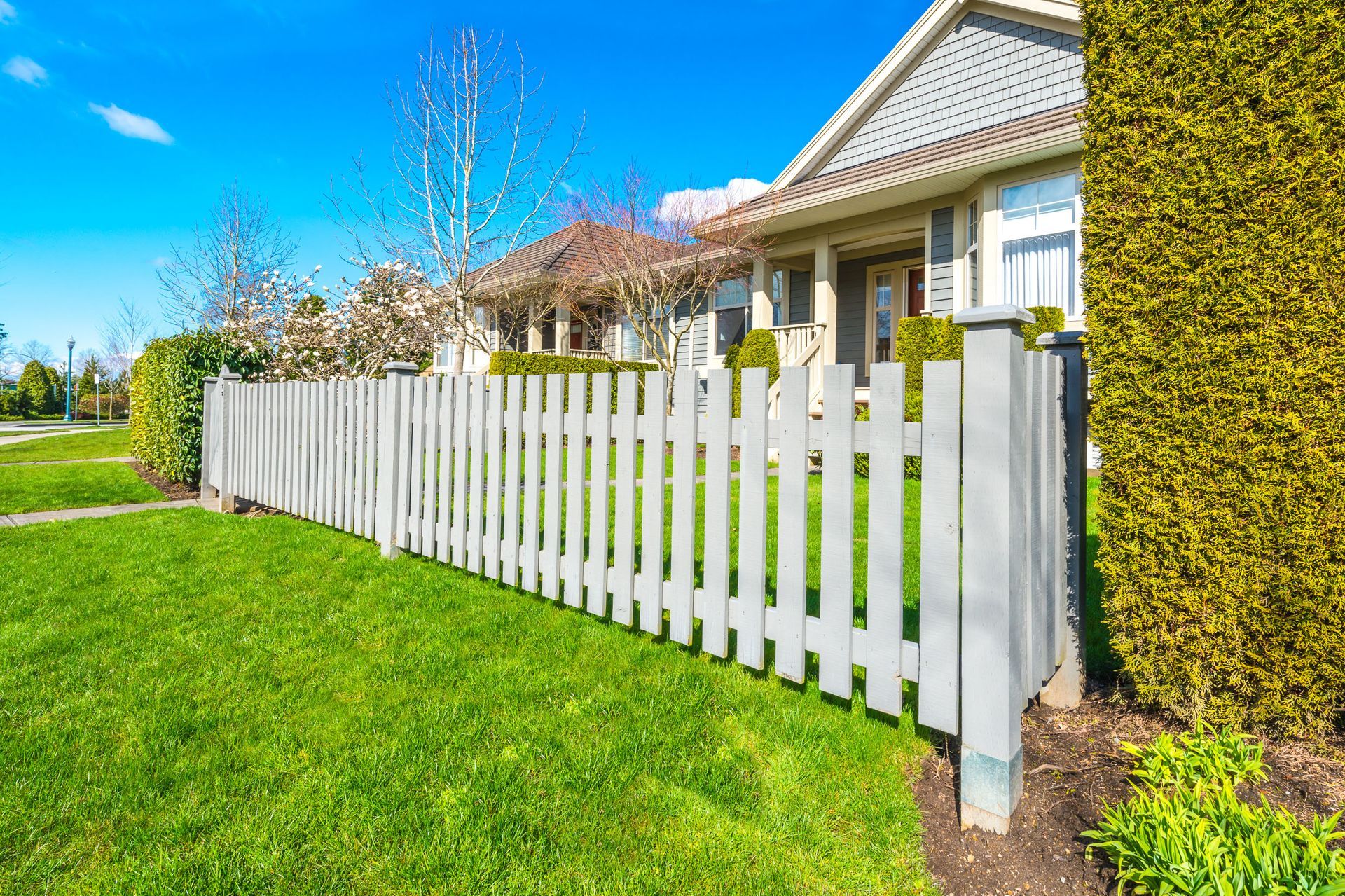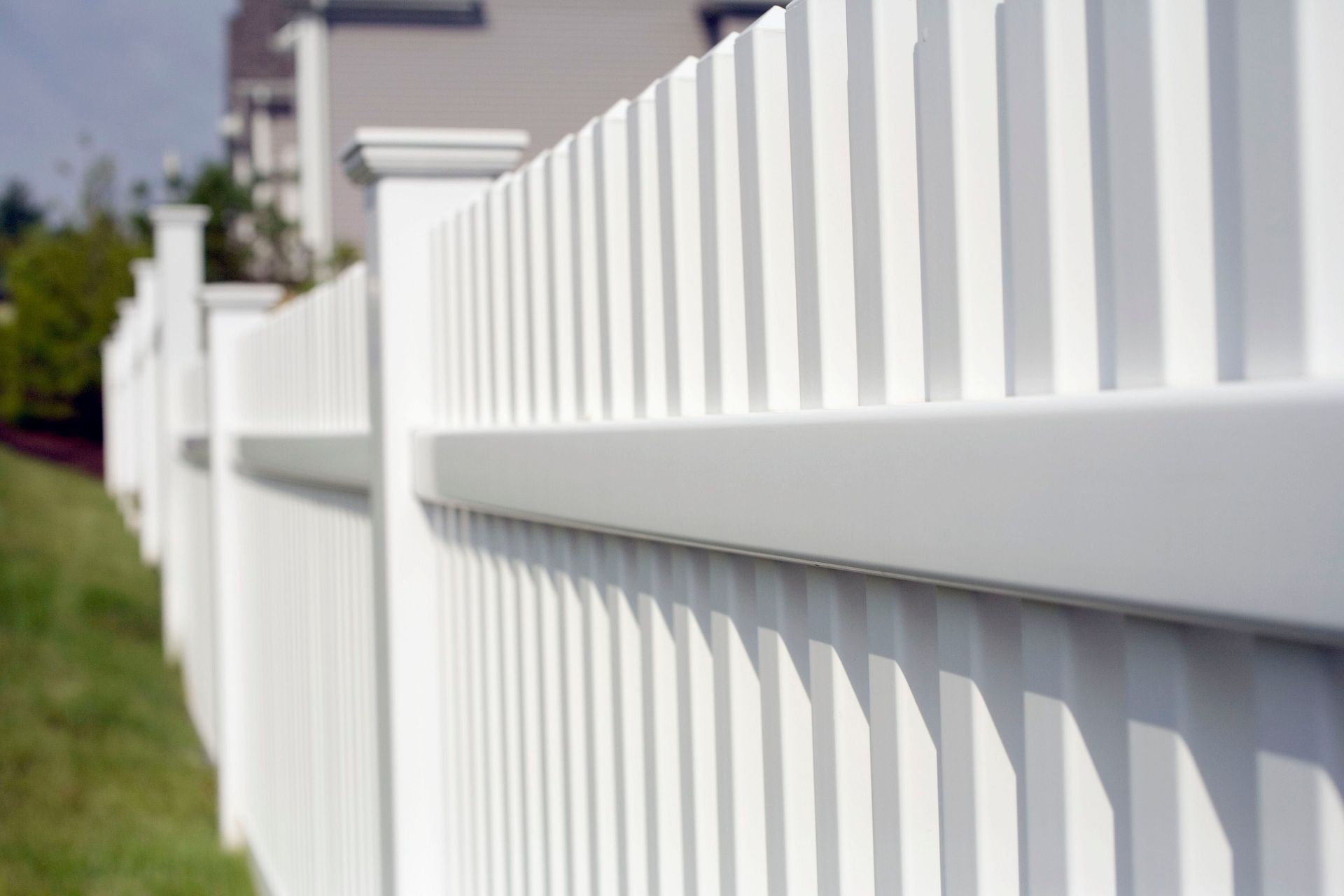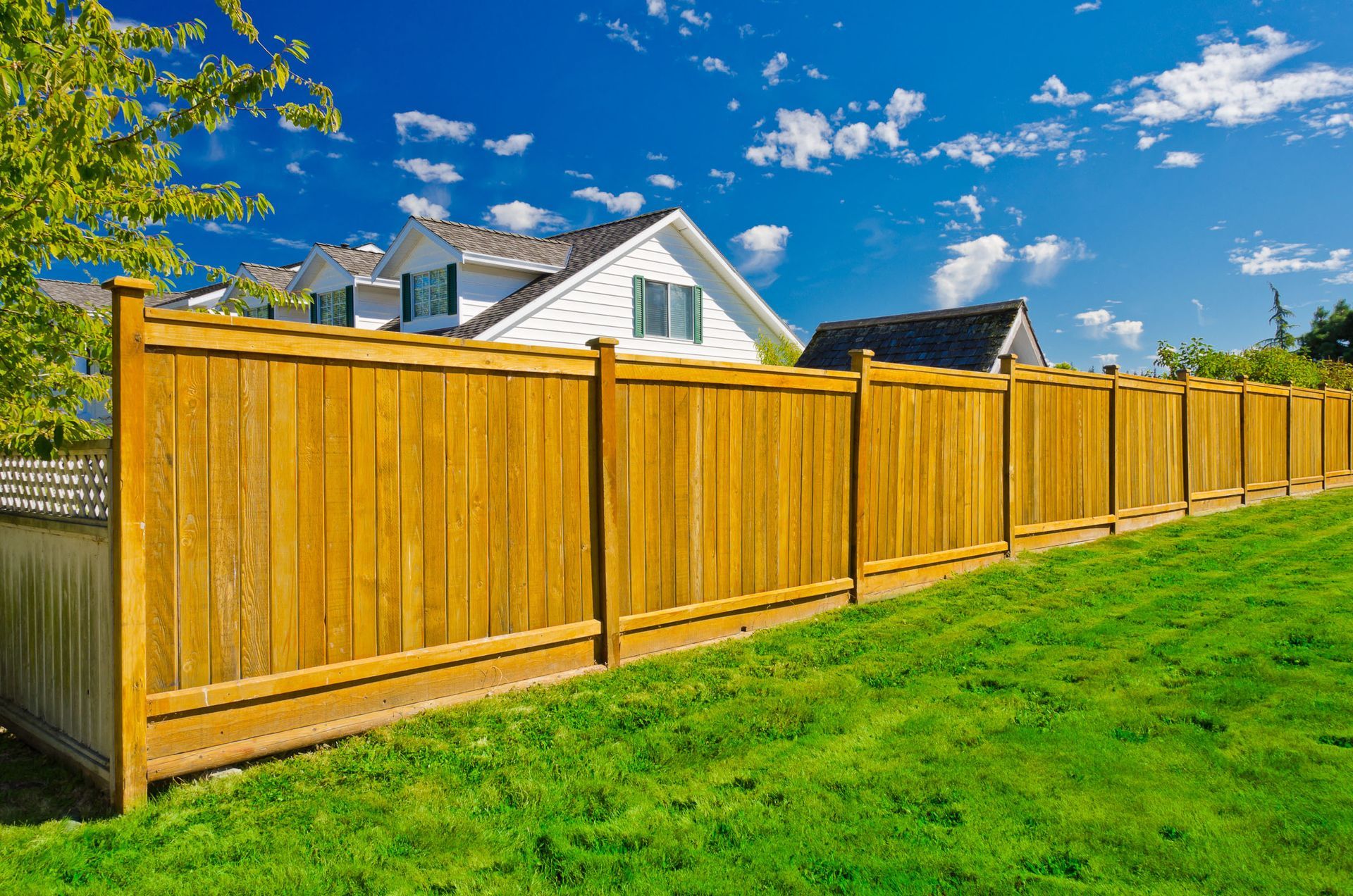What Are the Lifespans of Wood, Vinyl, and Metal Fencing?
Understanding the lifespans of different fencing materials is essential for homeowners and property managers alike. Each type of fence offers unique advantages and challenges regarding durability, maintenance, and aesthetic appeal. Wood, vinyl, and metal are among the most popular fencing options, chosen for their versatility and performance. According to Ergeon, wood, vinyl, and metal rank as the top three most popular fencing materials on the market. In this guide, we will explore the expected lifespans of these materials, their maintenance needs, and how local fence builders can help ensure a long-lasting installation while protecting your investment.
Examine Wood Fencing: An Overview
Wood fencing remains a classic choice for its natural appeal and versatility. Common woods include cedar, pine, and redwood, each with unique strengths. Cedar naturally resists insects and decay, pine is usually pressure-treated for durability, and redwood combines long-term resilience with aesthetic charm.
Selecting the right wood significantly impacts a fence’s lifespan. According to Advantage Lumber, a cedar fence can last between 15 to 20 years. with proper care. According to Arca Construction, pine generally endures 15 to 20 years. Redwood often surpasses other woods in longevity. Local fence builders can provide guidance on the best wood type based on climate and soil conditions, ensuring the investment lasts as long as possible. Additionally, working with professionals ensures correct post spacing, secure attachments, and proper drainage around the fence base to reduce moisture-related damage.
Environmental factors affect wood fences more than other materials. Humidity, rain, and sun exposure can accelerate warping, cracking, or rot. Insect activity also poses a threat, particularly in regions prone to termites. Partnering with experienced fence builders can help homeowners minimize these risks through expert installation and maintenance planning, as well as advice on preventative treatments.
Assess Factors Influencing Wood Longevity
Several factors determine how long a wood fence will last. Weather extremes, moisture exposure, UV rays, and soil conditions all play roles. Regular upkeep, such as staining, sealing, and inspections, significantly extends a wood fence's life. Proper installation is also crucial, as poorly set posts or uneven support can lead to structural weaknesses.
Homeowners can take steps to protect their fences, including raising the fence slightly off the ground, applying high-quality sealants, and trimming nearby plants that might trap moisture. Fence builders often advise on these preventive strategies to maximize durability and minimize repair costs over time. Selecting naturally rot-resistant wood combined with strategic placement around the property ensures a fence withstands environmental pressures effectively.
Identify the Average Lifespan of Wood Fencing
Wood fences generally last for years, depending on material choice and environmental exposure. Cedar and redwood typically exceed the average lifespan due to their natural resistance, while pine may require more frequent replacement if not treated correctly. Routine care, including sealing, staining, and addressing damage promptly, helps preserve a wood fence's functionality and aesthetic appeal. Homeowners who combine proper maintenance with professional guidance from local fence builders often achieve the maximum lifespan possible for their wood fencing.
Apply Maintenance Tips for Wood Fences
Maintenance is essential to extend a wood fence’s life. Cleaning away dirt, debris, and mildew prevents decay and insect infestations. Regular inspections help identify early signs of damage, allowing homeowners to make minor repairs before problems worsen. Sealants protect against moisture, and staining helps preserve color while shielding against UV damage. Proactive pest control further reduces threats from termites or carpenter ants. Fence builders often recommend a comprehensive maintenance schedule to ensure a wood fence remains strong, visually appealing, and functional for decades.
Address Common Challenges with Wood Fencing
Wood fencing faces challenges due to its organic nature. Warping, especially in humid regions, is common and can compromise structural integrity. Insect infestations from termites or ants can quietly weaken a fence. Decay and rot often begin at the base, particularly when soil contact is excessive. Experienced local fence builders can help prevent or address these issues through proper installation techniques, protective coatings, and timely repairs. Planning proper drainage and spacing around the fence can also mitigate many environmental risks.
Explore Vinyl Fencing: Durability Meets Low Maintenance
Vinyl fencing is a modern alternative prized for its low-maintenance properties. Made from polyvinyl chloride (PVC) with additives for strength and flexibility, vinyl can mimic wood’s appearance with a variety of colors and wood-grain finishes. Unlike wood, vinyl does not require staining or sealing, and its color is integrated during manufacturing to resist fading. Vinyl is also lightweight, making installation easier for local fence builders while maintaining strength and stability.
Vinyl fences are resistant to water, UV rays, and temperature fluctuations, making them suitable for a wide range of climates. They also resist pests and do not rot, reducing long-term upkeep needs. For homeowners seeking longevity with minimal maintenance, fence builders often recommend vinyl for its reliability, aesthetic versatility, and ability to withstand environmental stress.
Protect Vinyl Fences: Environmental Resistance
Vinyl fencing withstands moisture, sun, and wind thanks to its dense molecular structure and UV-resistant coatings. These qualities help maintain its shape and color over decades. Proper installation by local fence builders ensures panels remain secure, even under strong gusts or minor impacts. Its low maintenance needs make vinyl a practical and cost-effective choice for both residential and commercial properties. Planning for snow accumulation, wind exposure, and landscaping contact can further prolong vinyl fences; life.
Determine the Expected Lifespan of Vinyl Fencing
Vinyl fences are known for their long-lasting durability, often outlasting traditional wood fences. Unlike wood, vinyl does not decompose, warp, or attract pests, making it a reliable option for long-term use. While the initial investment may be higher than wood, the reduced maintenance and consistent performance over time make it a cost-effective choice. Homeowners who work with local fence builders can ensure proper installation, maximizing the fence’s lifespan and maintaining its appearance and functionality for many years.
Maintain Vinyl Fencing
Vinyl requires only periodic cleaning with soap and water. High-quality products resist algae, mildew, and discoloration. Occasional inspections ensure gates and locks remain functional, but major repairs are uncommon. Fence builders can offer installation and guidance to maximize the life of vinyl fences, making them an enduring and attractive boundary solution. Strategic landscaping placement around the fence also helps reduce wear and tear.
Evaluate Metal Fencing: Strength and Longevity
Metal fencing is favored for its strength, durability, and ability to withstand environmental stress. Common options include steel, aluminum, and wrought iron. Steel provides heavy-duty security, aluminum offers rust resistance with minimal upkeep, and wrought iron delivers decorative elegance. With professional installation from fence builders, metal fences maintain both function and aesthetic appeal for decades.
Apply Protective Coatings and Prevent Corrosion
Metal fences are prone to corrosion if untreated. Galvanization, powder coating, and anodizing protect against moisture and rust while preserving aesthetics. Proper application and routine inspection by local fence builders ensure that protective coatings remain intact, prolonging the fence’s functional life. Coatings also help resist minor scratches or dents, keeping fences visually appealing.
Predict Lifespan Expectations for Metal Fences
Metal fences are known for their exceptional longevity, with durability influenced by the type of material and the level of maintenance. Aluminum naturally resists rust, while properly coated steel and wrought iron retain their strength even in challenging conditions. When installed and maintained correctly, metal fences offer long-term security and enhance curb appeal, making them a practical choice for both residential and commercial properties. Selecting a metal fence with the right protective coatings helps reduce repairs and ensures a dependable, lasting boundary for many years.
Selecting the right fence depends on desired aesthetics, environmental conditions, and long-term durability. Wood offers natural charm but requires regular maintenance. Vinyl provides low-maintenance longevity, while metal ensures strength and resilience. Working with experienced local fence builders ensures proper installation and maintenance advice, maximizing each material's lifespan.
At Best Fence, we guide homeowners and business owners in creating long-lasting fencing solutions. Our team works closely with clients to provide professional installation and expert recommendations tailored to their property needs. Contact us today to explore fencing options that deliver durability, security, and beauty for years to come.




Share On: